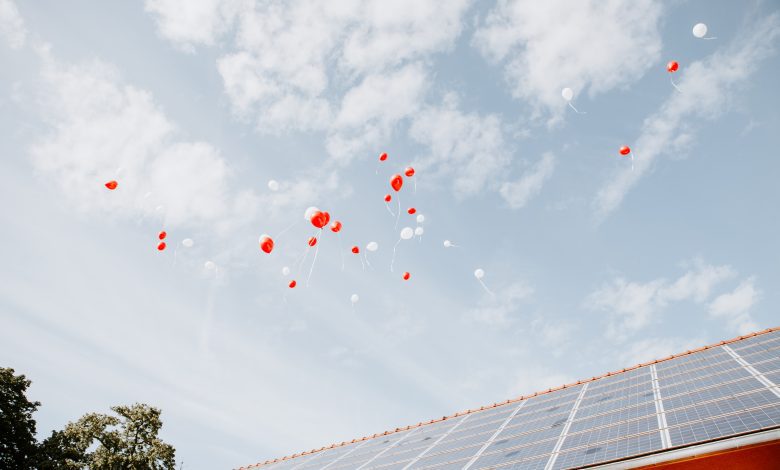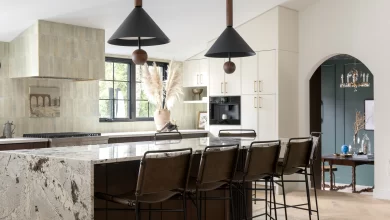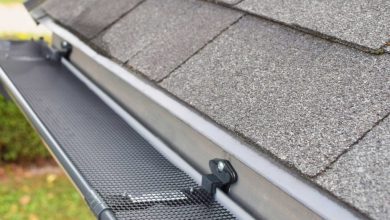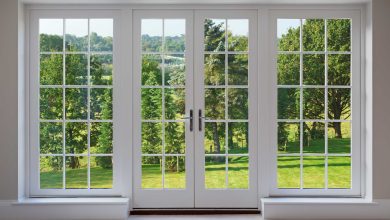How do solar panels work to power your home?

Solar panels are a great alternative to fossil fuels, and they allow us to harness the power of the sun. Solar panels are made up of photovoltaic cells (PC) which convert rays from the sun into energy that can be stored in batteries. In this article, I will be examining how solar panels work.
Have you ever asked yourself how the power that runs our world comes from the Sun? Well, first of all, it’s not a question (not even a rhetorical one). It’s a fact. When you say that solar panels work for generating energy for your home, you are only technically half right. This is because there are two factors involved in making solar panels work.
We are capable of harnessing 0.001 percent of this power, so we must harness all the energy this star at the heart of our Solar System offers. In the world of solar nashville, we are one of the very few that offer the highest level of customer service and support to our customers. The company has installed hundreds of solar panels for homes in Nashville, TN, and all over the country.
Solar Panels: Saving The Environment Science
The idea of solar panels began in 1839 when Alexandre Edmond Becquerel discovered the photovoltaic effect. He explained how electricity is generated by sunlight. Brilliant boy.
The price of solar energy has dropped over the last few years as demand for green alternatives increases and technical efficiency improves.
Solar panels today are an effective method of cutting down on your electric bill (although they may be costly initially) and allowing you to play your part in the fight to sustainably live or, at a minimum, lessen your home’s carbon footprint. It’s a simple method to conserve the earth, and you’re doing the right thing for your kids and their youngsters.
What is the Solar Energy Process?
- Step 1: Sunlight activates panels and cells to produce electricity
An electrical current is created when photons and electrons interact with the layers of your solar panels. - Step 2: Converting Electrical Energy
Solar panels generate electricity, which is then converted to AC power by your solar inverter by the electrical current flowing from the panels. - Step 3: Converted electricity powers your home
Inverters transfer AC energy to your breaker box, which then circulates it throughout your house. - 4: Unused energy is stored or potentially returned for an energy bill credit
Unused AC will flow back to your utility meter and remain available for consumption. Some states allow homeowners to return unused AC to the electric grid as energy credits on their next power bill. Electricity generation is known as net metering.
How can solar panels be used for houses?
Solar panels absorb sunlight through photovoltaic (PV) cells, typically when they are put on top of a home. They convert sunshine directly into electricity (DC) energy, transported within the house to an inverter that transforms it into alternating current (AC) energy. The AC energy is pumped through the home’s electrical panel, which powers all appliances requiring electricity. The excess electricity is transferred to the electric grid, supplying the electricity required when you use more than what the panels produce.
This is a lot to consider in one sitting, and here’s a step-by-step outline:
- Solar panels absorb the sun’s energy and convert it to DC electricity.
- DC electricity generated by solar panels converts to AC electricity through the Inverter technology (AC electricity is utilized in most household appliances).
- Electricity flows through your house that powers electronic devices and appliances.
- Any additional electricity generated by solar panels gets returned to the electric grid.
How can solar panels produce electricity?
Are you ready for the second science lesson? The PV cell is the equivalent of a sandwich (not as delicious as a BLT, however) composed of two slices of semi-conductive material, such as silicon. When light hits the silicon cell, the electrons are triggered to set into motion which triggers an electrical flow current, referred to as the ‘photovoltaic ‘ effect.
You were too distracted thinking about BLTs, did you not? It occurs. Let’s return to the subject and look at how it all works:
- Solar cells absorb energy that comes from sunlight.
- Electrons flow and create an electrical current.
- Wiring captures the electrical charge and blends it with power generated by different solar cells.
Solar panels have many benefits.
Once you’ve figured out what they are and how they function, we’ll tell you why you should care.
- Renewable energy source Solar energy is available for the duration of solar energy, which researchers estimate will last for at most 5 billion years. It’s a trustworthy renewable energy source that does not release gasses that pollute water or cause noise. It’s truly a green idea.
- Lowers your electricity bill: Because you’ll be producing a portion of your energy requirements through solar panel systems, you’ll find that your overall electric bills will decrease. You could also earn money selling excess energy in the back grid. You can also switch electricity and gas providers with solar panels.
- Timing: The consumption of household energy is typically more intense in the afternoons and evenings when most people stay home. This is because solar energy is at its peak during these timeframes. It is important to note that solar panels do not operate in the evening.
- They are low maintenance. Solar panels do not require much maintenance, just periodic cleaning once or twice a year. Warranty periods are typically 20-25 years. The inverter has to be replaced within 10 years.
Why might solar panels not function?
You’ve put in your solar panels, but it does not seem to produce any energy. What do you do?
This issue – referred to as zero power could be due to an inverter that is damaged, malfunctioning charge controllers, or simply because the solar panels aren’t working.
Verify that your inverter is working. It functions like a power adapter and is vital to convert solar energy into the format home appliances will accept.
Suppose the inverter is still not working after examining the inverter. In that case, you’ll need to call the manufacturer of the inverter. The exact process applies to the charge controller.
Other reasons are nearby trees casting shadows over your solar panel while the sun is not out (grrr neighbors) and the system becoming overheated. This can be corrected by connecting more modules.
What can I do to determine whether the solar panel is functioning?
Five things to verify that your solar panels work correctly.
- Make sure you check the weather. On days with no sunshine, you’ll get 10-25 percent in the maximum panel power following SunRun.
- Inverter inspection – as the heart of your solar array, your inverter is the most crucial clue to how well your panels are functioning.
- Make sure you check your solar meter. Solar meters track the system’s output and display numbers like the number of kilowatts your panels generate. If they rise, then you’re good.
- Verify your bills – If the bill is more than before the installation of the panels, then something is wrong.
- Contact your solar provider. It’s an excellent idea to confirm with your solar provider after you’ve got your solar up and running to ensure everything is going smoothly.
Conclusion
Solar energy is one of the cleanest forms of energy and has serious implications for the future of energy production. It requires systems for harnessing and storing the energy that we currently do not have. Until these systems are developed, solar power will continue to be that – a mere possibility. The cost is bound to decrease as more companies work towards being able to efficiently harness the sun’s energy. The need is there and so it seems there is only a matter of time before this method of production has a genuine effect on society.






